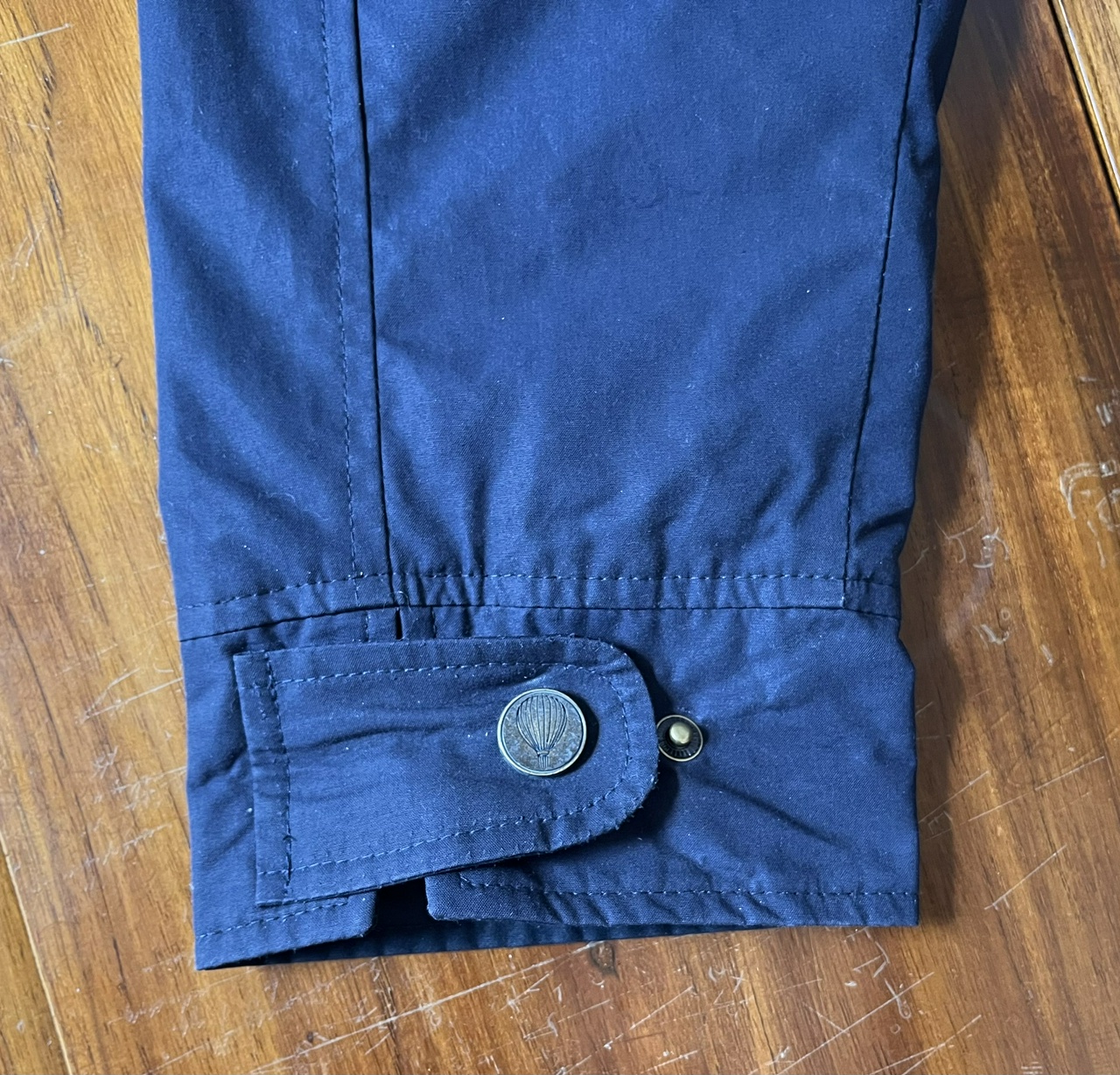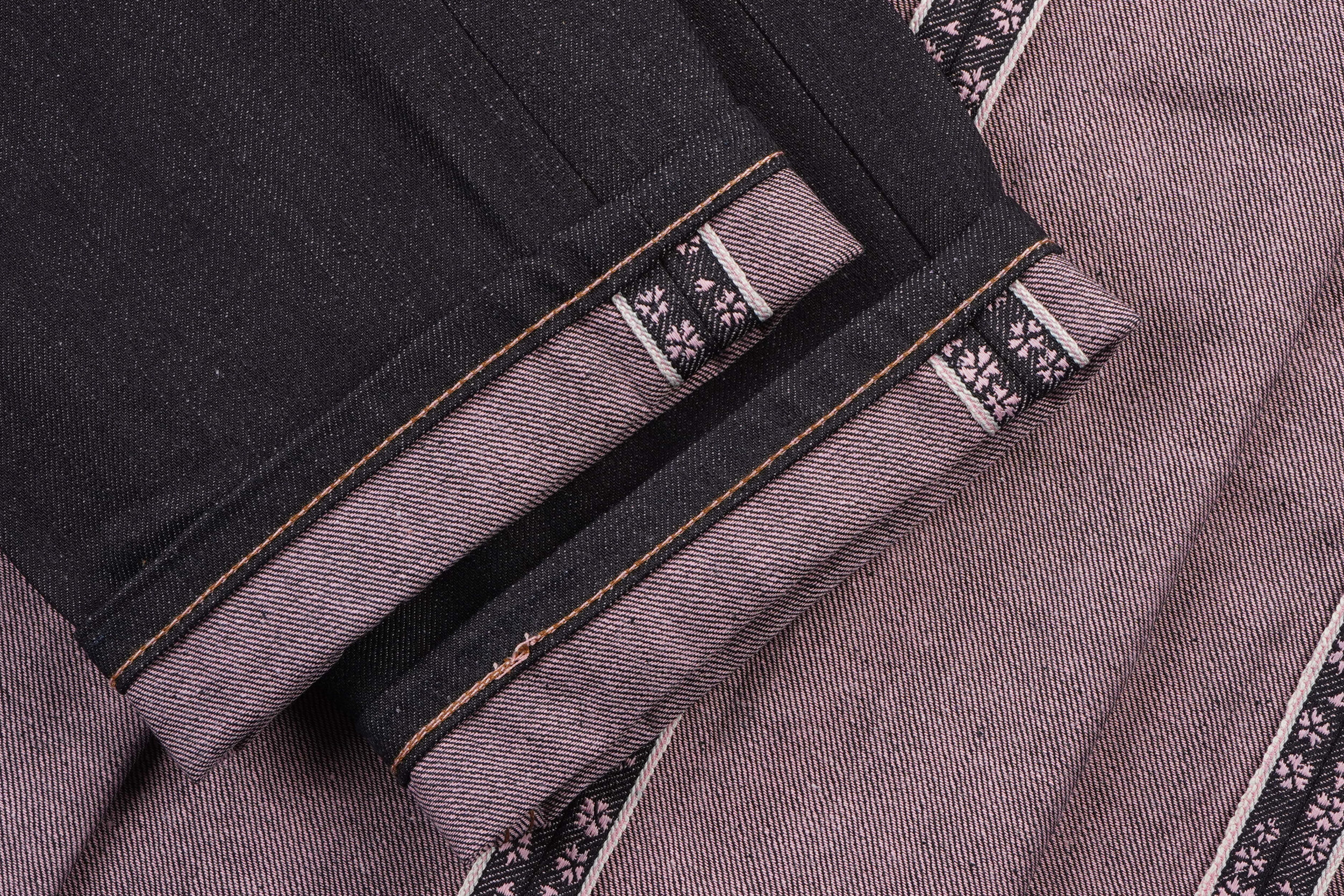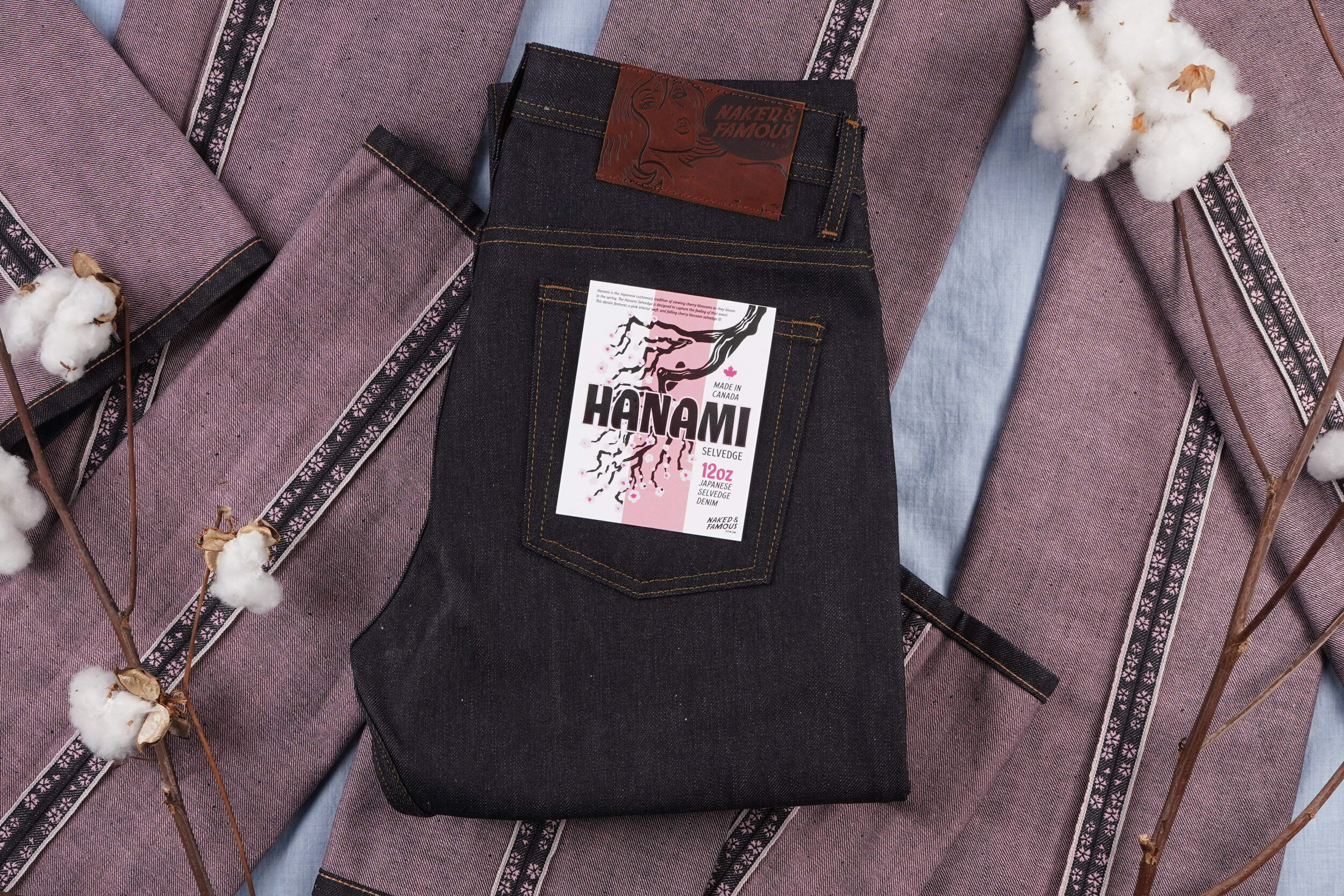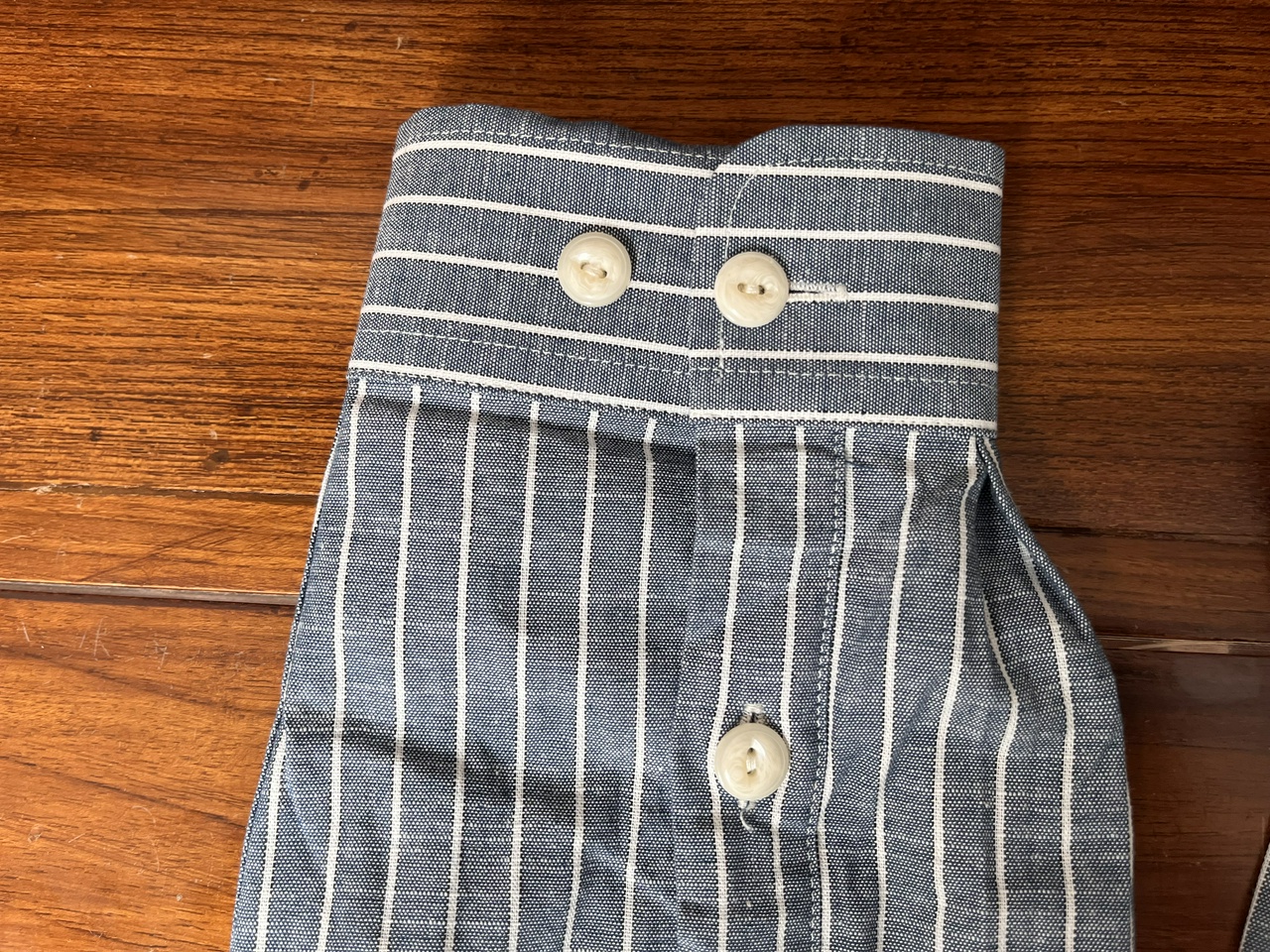What makes a good cuff?
Ok, so this is by far the most niche thing I've ever written. But after getting a great jacket (that I'll write about some other time!) that only had one problem, I wanted to gather my thoughts on this tiny subject. The “problem” was: It doesn't cuff perfectly.
What's the deal with cuffing anyway??
Cuffing is when you fold the sleeves of a shirt, jacket, sweater etc. It's also commonly used when you do the same to leg opening of pants or shorts. And I'm an avid cuffer! The three reasons are:
- I'm 1.75 m tall, and my legs and arms aren't especially long – so clothes are usually too long.
- Related, I like watches, bracelets, shoes and socks – and cuffing shows them off.
- I often think it makes the clothes themselves look better.
Here's some examples of what I mean by nr. 2 and 3:

The cuffed shirt makes the watch more prominent - to myself and others.

The cuffed jacket gives the bracelets more space. A bonus-point, is that it would've shown off my shirt sleeve, had it been long. (Cuffed Mister Freedom shorts as well!)

Making a long-sleeve shirt a short-sleeve - another reason for cuffing!

I think baggy shirt sleeves like this looks better cuffed. (Sorry for the mediocre quality - but I like this picture, because this was just after us being reunited. Vincent had gotten away from us because he tried to look for me when I left that day!)

On short sleeves, which I never un-cuff, I like to make 2-4 little cross-stitches like this to keep them cuffed. Contrast stiches is fun.

I just like the look of cuffed jeans - especially if they're selvedge. And it shows of the shoes and socks as well (not that these gray socks are especially interesting).
Now on to some “Cuffing theory”:
(I told you this post was niche!)
Cuffing is a big deal in the raw/selvedge denim community. I mean, here's an article called “How to cuff jeans: The 8 most common ways”! Personally I just use two:

The black jeans above is double cuffed. The jeans on this picture normally has a Japanese cuff - which is why the double cuff is wider (I just cuffed it once more for the picture).
Single or double, full or half
In general, I don't like single cuffs. That's because I usually want to hide the edge, and that the cuff doesn't feel as secure.

A shirt with a single cuff.

One more cuffs make it look much cleaner.
In the example above, I've folded the full width of the sleeve. Another option, is the half width double cuff:
 I prefer to either go full og half width, as something in between won't make it look as clean.
I prefer to either go full og half width, as something in between won't make it look as clean.
The buttons matter
Take a look at these sleeves:
 The right one is wider than the left – and here's the reason:
The right one is wider than the left – and here's the reason:
 Before cuffing, you can either have the last button closed or open. This affects the width and tightness of the cuff.
Before cuffing, you can either have the last button closed or open. This affects the width and tightness of the cuff.
- On some shirts, a double cuff doesn't sit properly if the button is open.
- And on some shirts I can't get my hand through without having it open.
- When turning a long sleeve into a short sleeve, I open the next button as well.
Here's an exception to my double cuffing:
The jacket is stiff enough, so the cuff feels ok, and it has details that looks cool: Rivets, threads of different colours, chain stitching, etc. The Japanese cuff on jeans is another exception (as it shows the edge as well).

Tips for clothing designers, and the problem with my new jacket
Before looking at the tiny problem with my jacket, let me say: it's an amazing garment, that gets so much right. So keep that in mind when I bring attention to this tiny detail that's not perfect:
It doesn't cuff quite right! 😱
Ok, se here's the sleeve un-cuffed. It's a Ventile jacket, so it's a good thing that it's a longer sleeve for when it's raining.
 Another good thing, is that I can use the flap and buttons to tighten it.
Another good thing, is that I can use the flap and buttons to tighten it.
However, the thing that's amazing with the jacket being cotton (in addition to being waterproof), is that it breathes. This makes it better to use in warmer weather, and also makes it a jacket I want to use even if it doesn't rain. This, in addition to the reasons I mentioned at the start of the article, is why I want to be able to cuff it as well.
 I start with a single fold. It has to be this wide to get beyond the button. Now, I could stop here – but we all know I prefer a double cuff. (BTW., notice how the fabric on the inside is slightly darker – cool detail that makes for more interesting cuffs!)
I start with a single fold. It has to be this wide to get beyond the button. Now, I could stop here – but we all know I prefer a double cuff. (BTW., notice how the fabric on the inside is slightly darker – cool detail that makes for more interesting cuffs!)
 But here we can see the reason why I said either full or half width when double cuffing: Due to the button, the fold was more than half the size, and so we get the visible seam.
But here we can see the reason why I said either full or half width when double cuffing: Due to the button, the fold was more than half the size, and so we get the visible seam.
Going for full width, would make the cuff too large, so then I tried to make the first fold on the other side of the button. That worked better:
 But it's still not perfect, in my opinion.
But it's still not perfect, in my opinion.
 It's too narrow for my taste, and it easily unfolds a bit, like on the picture here.
It's too narrow for my taste, and it easily unfolds a bit, like on the picture here.
So, here's finally my tips for designers, from a cuff addict:
1) Think about the cuffability of your clothes
A great first step, is to at least think about it. Test different ways of cuffing your patterns!
2) What's on the inside counts (as well)
You can either go subtle, like with the slightly darker shade of blue on the jacket above. Or you can go for something a bit more extra, like this insane jacket my girlfriend has:

Look at the cuffs! (Also, sorry for the bad colours in the store...)

It even has the fabric on the inside of the pocket flaps and the thingys to tighten it on the side!

My black denim, pictured earlied, was black on the inside, while theses are white. Gives a very different look! (Also, notice: No selvedge on these.)
My favourite example ever of “caring about what's on the inside”, is this Hanami Selvege denim from Naked and Famous:


The jeans is laying on other jeans turned inside out - so that's what they look like on the inside. Bonkers! So, the tiny selvedge detail you see on the bottom, goes all the way up inside the jeans.
3) Mind the buttons
The buttons on the Ventile jacket created some problems – but shirts also has buttons that need attention.
 I like the idea of having the two buttons on the sleeve. But even though my wrists are pretty skinny, I've never been able to use the tighter option! (Have you?) Now, It's most aesthetically pleasing to have it on the widest option (like the picture – then you can see both buttons), so that might be why – but I'd still consider making them functional.
I like the idea of having the two buttons on the sleeve. But even though my wrists are pretty skinny, I've never been able to use the tighter option! (Have you?) Now, It's most aesthetically pleasing to have it on the widest option (like the picture – then you can see both buttons), so that might be why – but I'd still consider making them functional.
- When testing a pattern, I would make sure it can be unbuttoned and cuffed to a short sleeve.
- And then I would try to double cuff – both with all the buttons closed and not, and both half and full width.
- Everything doesn't have to work – but something has to!
- The double cuff has to be secure, and the shirt has to be easy to take on and off.
It's almost scary that these minute thoughts live in my mind all the time...
I mean, who cares this much about cuffs!?
Well, now you know a bit more of what it's like to walk around with this stupid head of mine. Oh, and about cuffs.